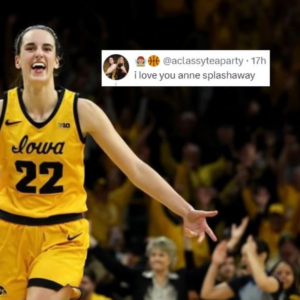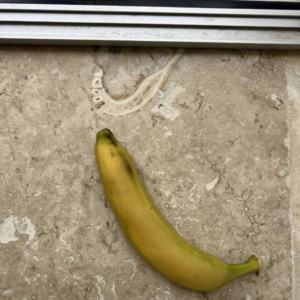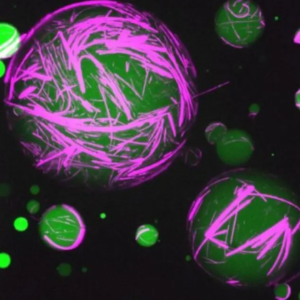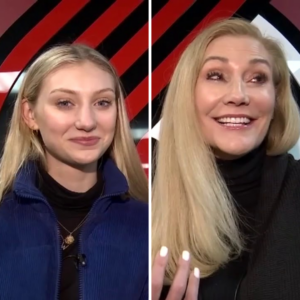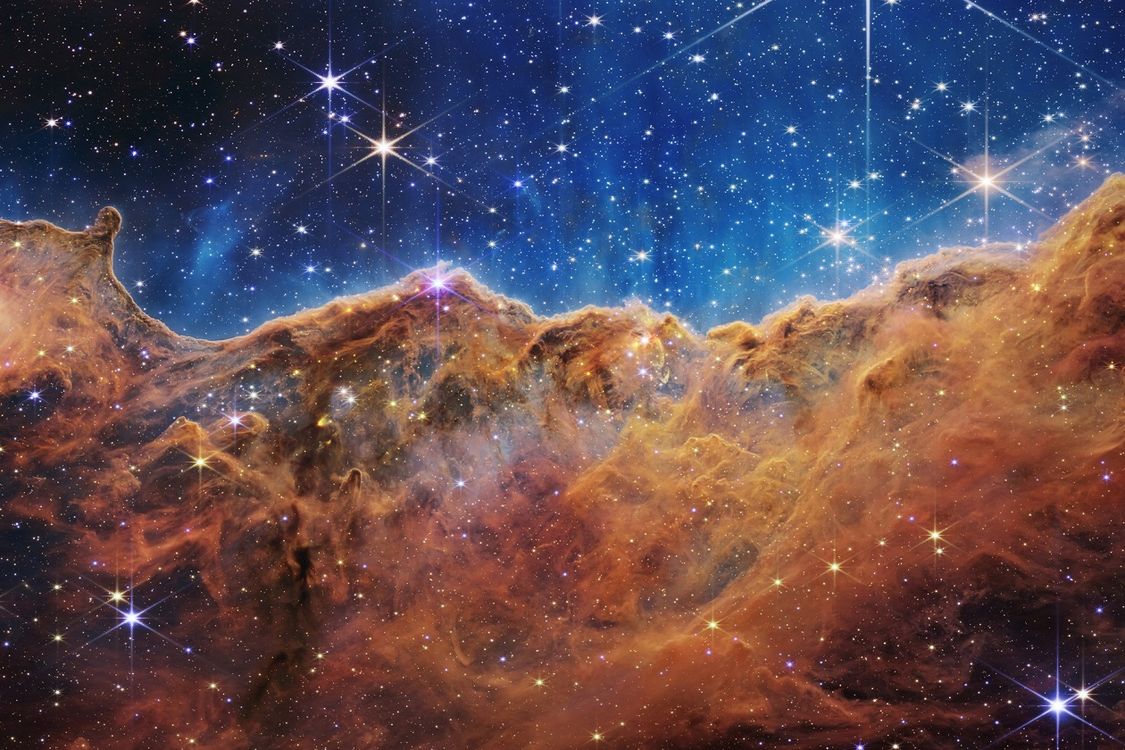
The James Webb Space Telescope has recently made a fascinating discovery: dozens of mysterious “rogue” planets drifting through space, often found in pairs. A new study may shed light on the puzzling nature of these rare “JuMBOs.”
These rogue planets, lacking a parent star, have intrigued astronomers for years. Among them are pairs of Jupiter-sized worlds orbiting each other, a phenomenon known as Jupiter-mass binary objects (JuMBOs). However, the origin of these free-floating planets (FFPs) has remained elusive.
First detected over two decades ago using the United Kingdom Infrared Telescope, FFPs have continued to captivate astronomers’ attention. Last year, the James Webb Space Telescope uncovered over 500 FFPs in the Orion Nebula, with 80 of them forming pairs.
The formation mechanisms of JuMBOs and FFPs have been subjects of speculation. One theory suggests they form from collapsing gas and dust clouds, akin to star formation on a smaller scale. Another posits that they are ejected from their parent planetary systems by gravitational interactions with passing massive objects, like stars.

To investigate these possibilities, researchers, including Lai and Fangyuan Yu from Shanghai Jiao Tong University, conducted tens of thousands of simulations of planetary systems containing pairs of Jupiter-sized planets orbiting a sun-like star. They found that close initial orbits and higher planet masses increased the likelihood of JuMBO formation.
However, even in the most favorable scenarios, the chances of paired planets being ejected simultaneously were extremely low, less than 1%. In contrast, single planets were much more likely to be ejected during a stellar flyby, resulting in solitary FFPs.
The simulations also revealed that surviving orbiting planets were often significantly perturbed, with their circular paths distorted into elliptical trajectories.
While the research has not yet undergone peer review, it has been submitted to The Astrophysical Journal. Lai and Yu believe their findings support the cloud-collapse model as a probable explanation for JuMBO formation.
Furthermore, their work has practical implications for future astronomical observations, particularly with telescopes like the Vera C. Rubin Observatory. By understanding the dynamics of planetary systems in dense star clusters, researchers can better identify exotic planetary phenomena, including captured planets.
News
WNBA Fans Buzz Over “Anne Splashaway” Nickname for Caitlin Clark
Upon witnessing Caitlin Clark’s three-point prowess during the Indiana Fever’s training camp, a WNBA fan took to social media to coin a creative nickname for the 2024 WNBA Draft’s top pick. Inspired by Clark’s sharpshooting skills, the fan cleverly dubbed…
“It wasn’t like this”: Angel Reese notes Clear Distinction in quality between NCAA and WNBA
Angel Reese, a standout college star and 2023 NCAA champion, made waves in the 2024 WNBA draft when she was selected by the Chicago Sky as the seventh overall pick. Since joining the team, Reese has been fully committed to…
“No deposit, no return mindset”: Indiana Fever Coach Establishes Standards for Caitlin Clark, Aliyah Boston, and Co Prior to Season Opener
All eyes are fixed on the Indiana Fever ahead of the 2024 WNBA season, following their acquisition of the highly coveted consensus number one overall pick, Caitlin Clark, in the 2024 WNBA draft. Amidst heightened expectations, head coach Christie Sides…
Dentist Finds What May Be A Prehistoric Human Jawbone Embedded In His Parents’ New Floor
The discovery of a human mandible embedded in travertine flooring during a home renovation in Europe has sparked curiosity and raised questions about its origins. The mandible was noticed by the homeowner’s son, a dentist, who recognized its unmistakable shape….
Researchers Have Successfully Created Artificial Cells That Act Just Like Human Cells
The University of North Carolina at Chapel Hill researchers have achieved a significant breakthrough in biotechnology by engineering artificial cells with life-like behavior using DNA-peptide technology. In their experiment, the team manipulated peptides and genetic material to create cell cytoskeletons,…
LA Sparks 1st Rounder Cameron Brink and Mother Groove to GloRilla’s Beats in Latest TikTok, Sporting $8,600 Hermes Bag
Cameron Brink shares a close bond with her mother, Michelle, often showcased on social media. Recently, they posted a TikTok video dancing to the rhythm of rapper GloRilla’s “Yeah Glo!” In the clip, the former Stanford standout was spotted accessorizing…
End of content
No more pages to load
